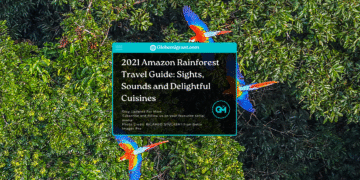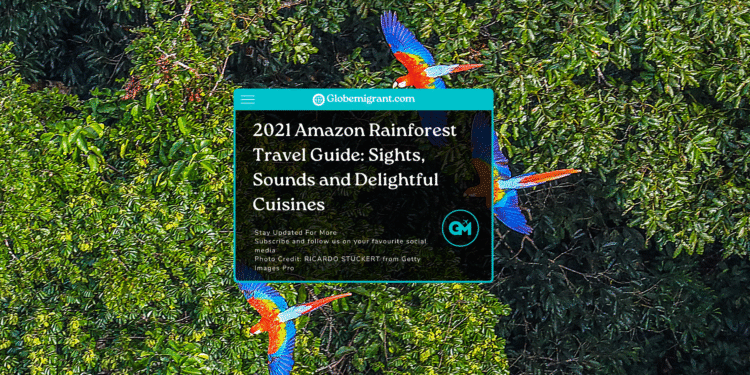In this guide, you’ll find some of the best things to see and do in the Amazon rainforest. The Amazon Rainforest is located in the Amazon river basin in Southern America. It covers about 2.3 million square miles and spans eight countries, including Brazil, Peru, Ecuador, Bolivia, Columbia, Venezuela, Guyana, and Suriname; it also covers some part of French Guiana, an overseas territory of France.
This Article is Free for Subscribers
Access 2000+ premium insights, visa updates, and global lifestyle stories all in one place. <div> For Subscribers, Login here
Login if you have purchased



































